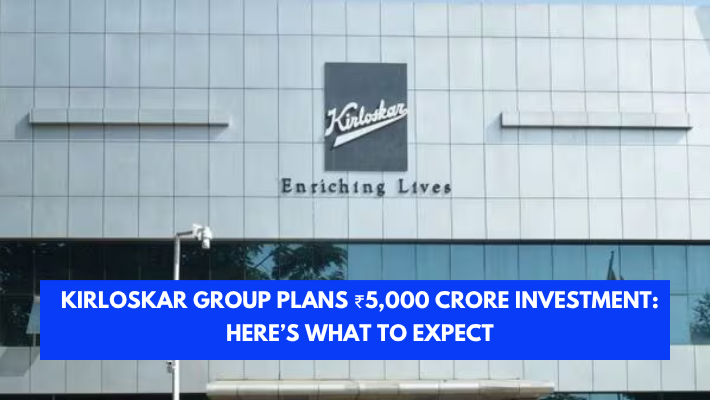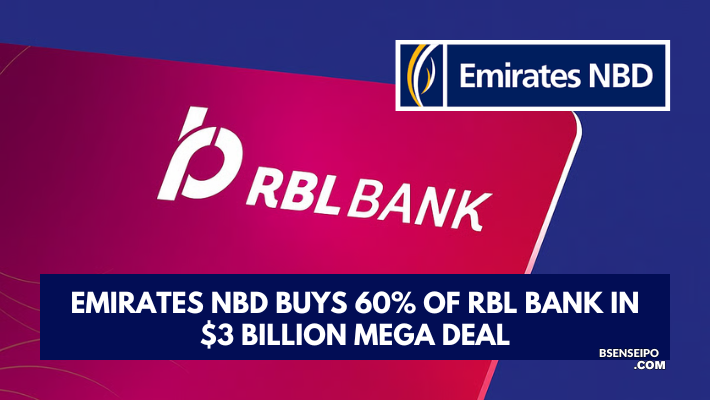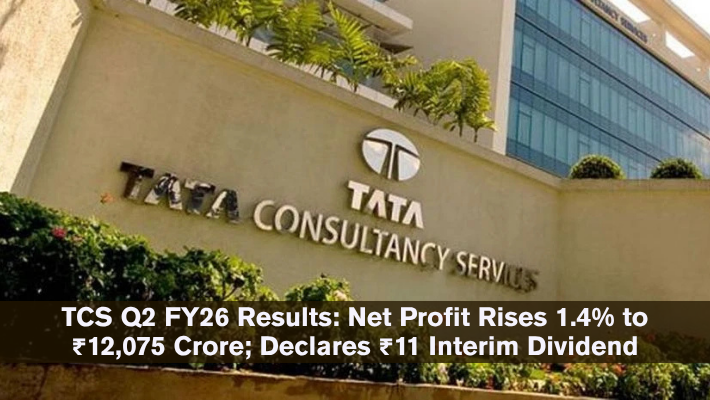Kirloskar Group’s Ambitious Expansion & Investment Strategy
Introduction
The Kirloskar Group, one of India’s oldest and most respected engineering conglomerates, is accelerating its growth trajectory across multiple sectors. From engines and compressors to steel, real estate, and financial services, the group is making substantial capital commitments and scaling up its operations with an eye on the next 5 years. While some of the figures being discussed include large investments in the thousands of crores, exact totals and timelines vary—but the ambition is clear.
Kirloskar Group Known Investment Plans & Growth Areas
Amplified Capacity Expansion
- Kirloskar Ferrous Industries Ltd (KFIL) is investing around ₹3,500 crore over the next 3–4 years to expand capacity, improve efficiency, build an alloy steel plant, and modernize its facilities (including some acquired through ISMT).
- In the current financial year, KFIL has budgeted a capital expenditure of ₹500–600 crore aimed largely at expanding its steel operations and renewable energy capacity.
Revenue Goals & Strategic Repositioning
- Kirloskar Oil Engines Ltd (KOEL) has committed to a strategy titled “2X3Y” aiming to double revenues in three years. The further goal: reach US$2 billion turnover by FY30.
- Kirloskar Pneumatic Co Ltd (KPCL) is targeting revenue growth—from current sales of about ₹2,000 crore to ₹5,000 crore in five years.
Diversification of Business Segments
- The group is investing not just in manufacturing, but also stepping more into real estate and financial services. For example, they have launched real estate projects in Pune and are expanding their NBFC arm (financial services under KOEL).
- Renewable energy is also a key part of their strategy—investments in solar/wind power plants, captive renewable power to reduce costs, etc.
Funding Mix and Financial Strategy
- Most of the funding is expected to come from internal accruals. For example, for Ferrous Industries, only a portion (₹500–₹1,000 crore) may come as debt for some of the larger capex.
- KOEL has cash reserves (₹600 crore in cash; Pneumatic ~₹400 crore) and is planning listings/raising capital for some subsidiaries.
Interpreting the “₹5,000 Crore Investment” Figure
If the “₹5,000 crore investment” is part of the Kirloskar Group upcoming plan, it could refer to:
- A subset of their capex in a particular vertical (steel, engines, compressions, etc.).
- An aggregate commitment across a few business units over 2-3 years.
- It might also be tied to one specific project or expansion initiative, such as a greenfield plant, new foundry, or large real estate development.
Given that KFIL alone is committing ₹3,500 crore in one of its growth strategies, and KPCL aims to increase revenue to ₹5,000 crore, it seems plausible that multiple units together might sum to around ₹5,000 crore in investment depending on timing and scope.
Implications & Challenges
- Job creation: Such large investments often generate employment both directly (in factories, plants) and indirectly (suppliers, services).
- Competitiveness: To compete in global markets for engines, steel, compressors, Kirloskar must adopt efficiency, automation, clean tech.
- Sustainability & cost: Renewable energy adoption, power cost, raw materials costs will weigh heavily.
- Capital allocation: Deciding which units get priority (steel, engines, real estate) and balancing debt vs internal accruals.
- Regulatory & legal environment: Local approvals, environmental clearances, land acquisition, policy support for clean / green projects.
Conclusion
Kirloskar Group’s growth plan is ambitious, marking a shift from its traditional engineering strengths toward a more diversified, scale-oriented portfolio. Whether the figure of ₹5,000 crore becomes an explicit callout in their announcements, the components are clearly in place for such investments—especially given their plans in steel, engines, and auxiliary verticals. If executed well, this could significantly boost their presence domestically and internationally.




